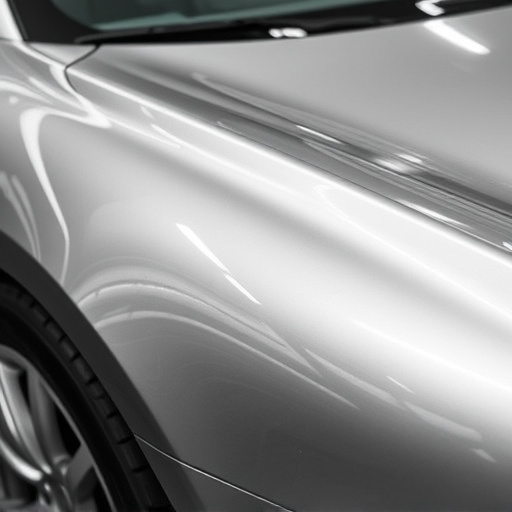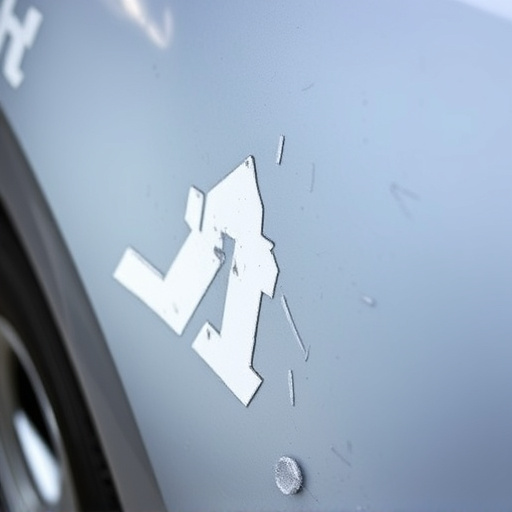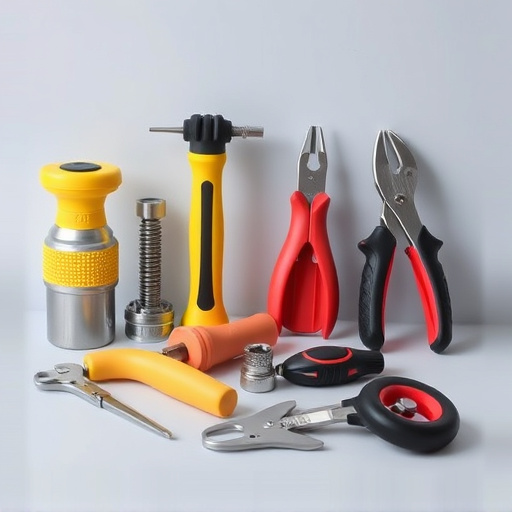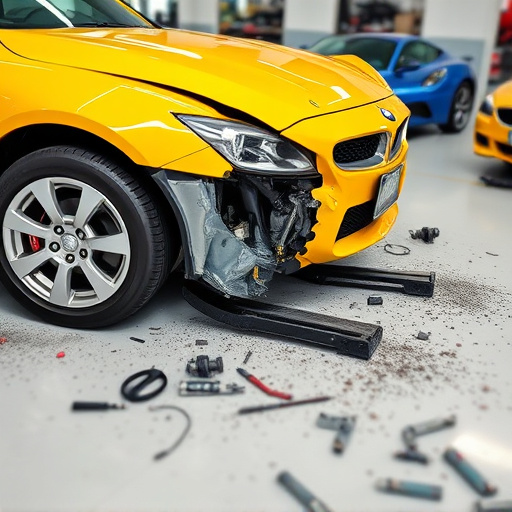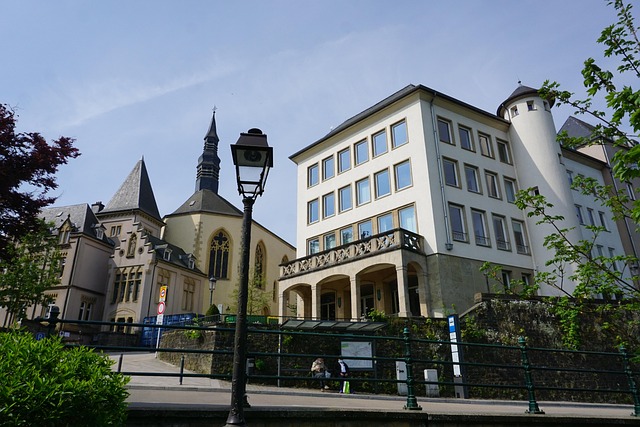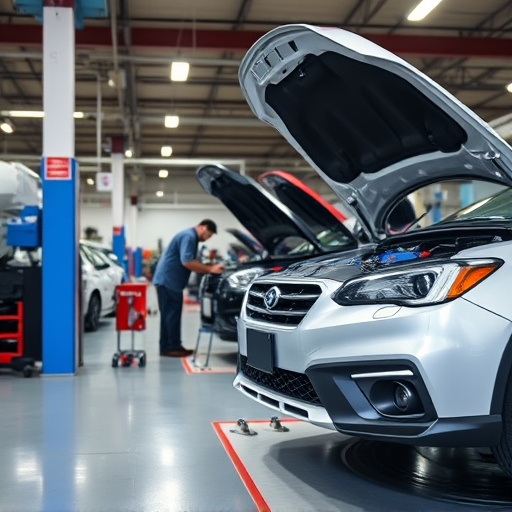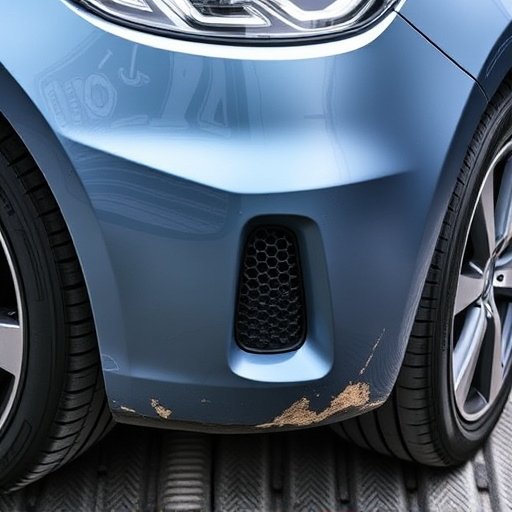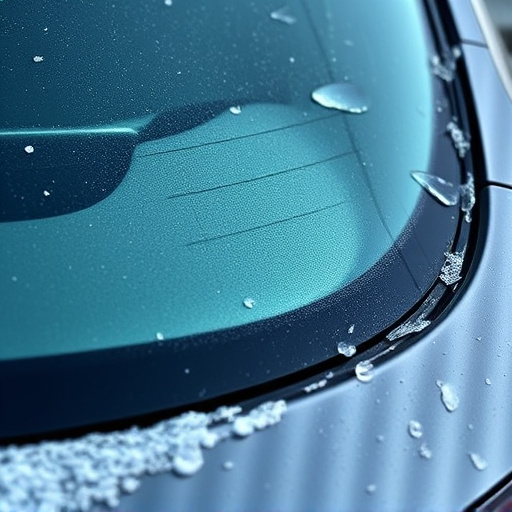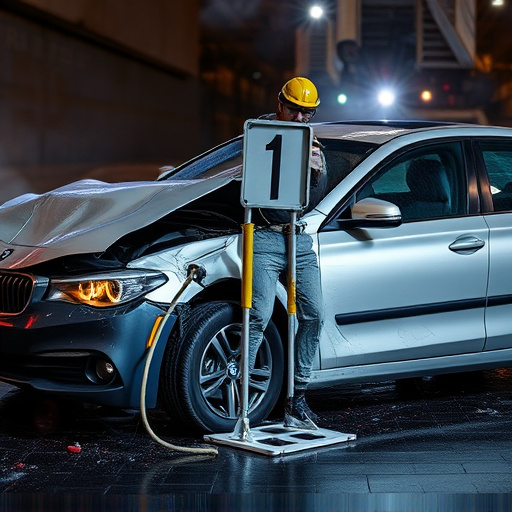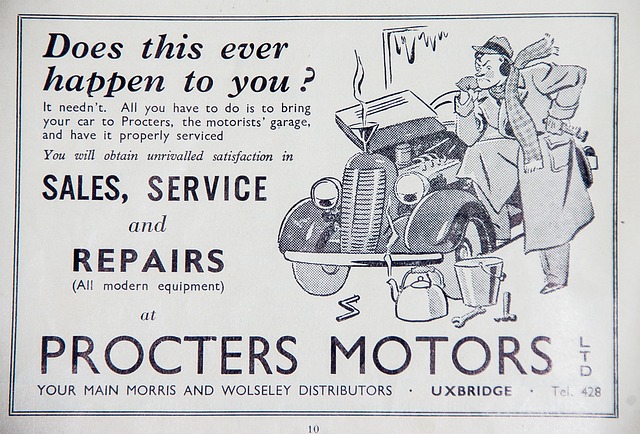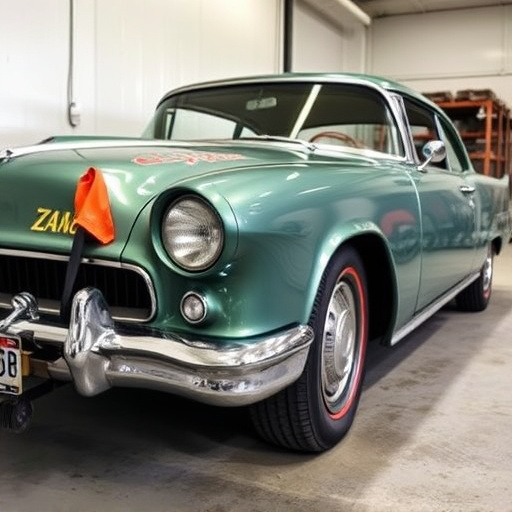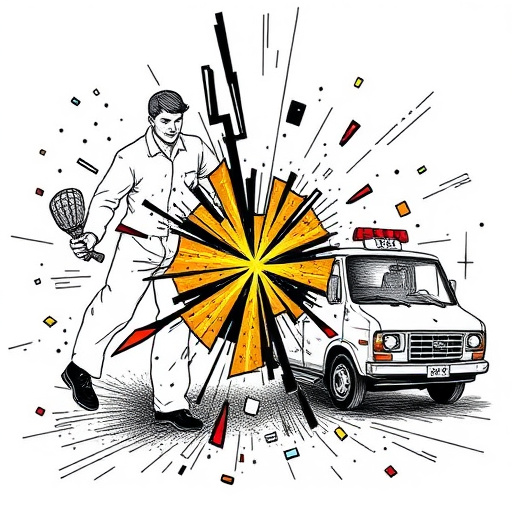Paint finish restoration involves meticulous assessment, specialized repair techniques, and precise coloring to bring vehicles back to their original state using high-quality materials and tools. Professionals use advanced equipment and strict quality standards to enhance resale value and extend lifespans, addressing unique challenges in older or damaged vehicles through accurate color matching and rust repair techniques.
Discover the art of professional paint finish restoration, where old surfaces transform into stunning showcases. This guide navigates the intricate process, from understanding the initial assessment to selecting the perfect materials for long-lasting results. Learn about proven techniques, including meticulous preparation and precise application. We’ll also explore common challenges—from surface imperfections to choosing the right colors—and provide expert solutions. By following these steps, you’ll be equipped to achieve a flawless paint finish restoration.
- Understanding the Restoration Process: Steps and Techniques
- Choosing the Right Materials for Optimal Results
- Common Challenges and How to Overcome Them Effectively
Understanding the Restoration Process: Steps and Techniques

The process of paint finish restoration involves several meticulous steps and advanced techniques designed to bring a vehicle’s exterior back to its original state. It begins with thorough inspection, where professionals assess the extent of damage or wear on the paint job. This could range from minor scratches and swirls to more significant dents and rust spots. Once identified, these issues are addressed using specialized tools and materials tailored to the specific repair needs.
Restoration techniques vary depending on the severity of damage but often include sanding, priming, and repainting. Sanding smooths out imperfections and prepares the surface for fresh paint, while priming ensures better adhesion. The final step is repainting, which involves matching the original color precisely to ensure a seamless finish. Professional car paint services employ state-of-the-art equipment and adhere to strict quality standards, ensuring that the restored vehicle looks as good as new. Similarly, automotive body work can revive the appearance of damaged cars, enhancing their resale value and extending their lifespan through these meticulous restoration processes.
Choosing the Right Materials for Optimal Results
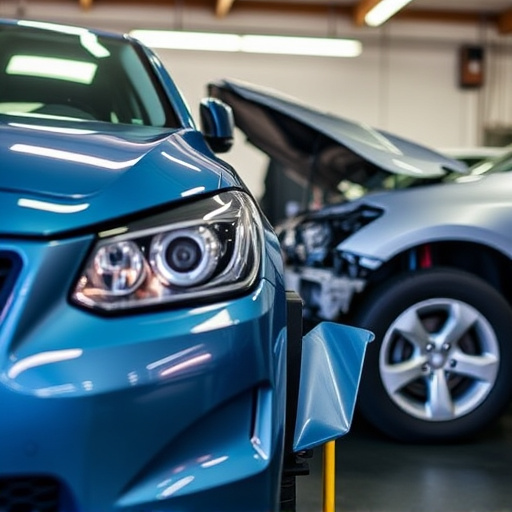
When undertaking paint finish restoration, selecting the appropriate materials is paramount to achieving optimal results. High-quality paints and finishes designed specifically for automotive applications are essential. These products ensure that the restored area not only matches the original factory finish but also stands up to the rigors of daily driving. Opting for premium-grade materials can make a significant difference in the final product, enhancing durability and providing a sleek, professional appearance.
Choosing the right tools is equally vital. From applicators and brushes to sandpaper and primers, each component plays a crucial role in achieving a flawless finish. For instance, using the wrong type of sandpaper can result in uneven surfaces or damage to the underlying material. Therefore, professionals recommend investing in versatile tool kits designed for paint finish restoration, which include a range of options suitable for various auto maintenance tasks, such as bumper repair and vehicle dent repair.
Common Challenges and How to Overcome Them Effectively
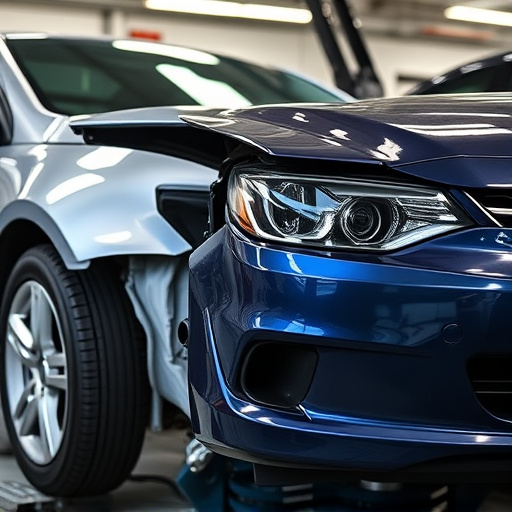
Restoring a paint finish to its former glory can be a challenging task, especially when dealing with older vehicles or those with significant damage. Common challenges include preparing the surface properly, matching the original color precisely, and achieving a smooth, even coat of paint. One effective way to overcome these hurdles is by investing in professional-grade tools and materials designed specifically for paint finish restoration. This ensures that every step of the process—from sanding to priming and painting—is done accurately and efficiently.
Additionally, understanding the unique requirements of auto body repairs or car bodywork is crucial. Professionals skilled in paint finish restoration know how to address issues like rust, pitting, or discolored patches. They employ techniques such as spot repair, where damaged areas are meticulously restored, and color matching, which involves using advanced technology to get the exact shade. Through these methods, they can bring back the car’s aesthetic appeal while ensuring longevity in its finish, making it a true testament to their expertise in paint finish restoration.
In the realm of paint finish restoration, a comprehensive understanding of the process, judicious material selection, and proactive challenge management are key to achieving optimal results. By familiarizing yourself with the steps involved, from preparation to final touch-ups, you can ensure a professional outcome. Choosing the right tools and materials, tailored to your specific project needs, will significantly impact the final aesthetic. Moreover, being prepared for potential challenges, such as old or damaged surfaces, allows you to overcome them effectively, ensuring a lasting and beautiful paint finish restoration.
